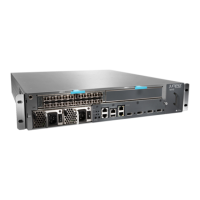Table 39: Checklist for Monitoring the Routing Engine (continued)
Command or ActionMonitor Routing Engine Tasks
4. Understand What Happens When
Memory Failures Occur on page 201
show system storage5. Check the Router File System and
Boot Disk on page 201
show chassis alarms6. Display the Current Routing Engine
Alarms on page 202
show log messages7. Display Error Messages in the
System Log File on page 203
Write down failure events as they occur. Turn on logging
on your system console.
8. Document the Events Prior to the
Failure on page 203
Routing Engine Hardware Information
show chassis hardware1. Display Routing Engine Hardware
Information on page 204
Locate the Routing Engine serial number ID label. If you see
two serial numbers, give both to JTAC.
• M7i Router Routing Engine Serial Number ID Label
Location on page 205
• M10i Router Routing Engine Serial Number ID Label
Location on page 205
• Teknor Type 2 Routing Engine Serial Number ID Label
Location on page 205
• M40 Router Routing Engine Serial Number ID Label
Location on page 206
• M120 Router Serial Number ID Label Location on page207
• M320 Router Serial Number ID Label Location on page207
• T320 Router and T640 Router Serial Number ID Label
Location on page 208
• T1600 Router Serial Number ID Label Location on
page 209
• TX Matrix Router Serial Number ID Label Location on
page 209
• TX Matrix Plus Router Serial Number ID Label Location
on page 210
2. Locate the Routing Engine serial
number ID label
The Routing Engine is hot-pluggable. Follow the procedures
in the applicable router hardware guide.
Note: The M5/M10 routers have a cover over the Routing
Engine. The M40e and M160 routers have a cover over all
the rear chassis components. Remember to remove the
screws (M5/M10, M20, M40e, and M160 routers) or captive
screws (T320 router and T640 router) next to the ejector
clips before you remove the Routing Engine.
“Removing a Routing Engine” on
page 211
167Copyright © 2012, Juniper Networks, Inc.
Chapter 6: Monitoring the Routing Engine

